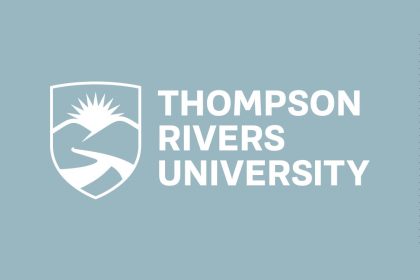This resource provides an overview of everything you will need to know when creating an open educational resource (OER). It provides a high-level overview of things to keep in mind as you work on your project and links to resources that go into more depth so you can easily find the information you need.
Excerpt from the Getting Started: OER Publishing at BCcampus by the OER Production Team
Supplemental materials (sometimes referred to as ancillary materials) are anything that might accompany an open textbook or open course. Common supplemental materials include:
- Presentation slides and lecture notes
- Assignment descriptions
- Flash cards
- Instructor guides
- Study guides
- Test banks
- Case studies
- Rubrics
Things to Keep in Mind
- File type/format: What file type or format you choose to use will depend on the type of supplemental material you are creating. However, aim to create supplemental materials in files that can be easily edited by others in the future. For example, Word files are easier to edit than PDFs.
- Accessibility: Supplemental resources still need to be accessible. Ensure you follow the guidelines described in the Accessibility and UDL blog post. In particular, review the section on “Document Accessibility” for accessibility resources for different file formats.
- Attribution: Ensure you attribute all non-original content (see Citation and Attribution for more information). In addition, make sure that your name and the licence for the supplemental material as a whole are put at the beginning of the file (or in a footer) so people know who created the content.
How Supplemental Materials are Shared
- The materials can be uploaded directly to a chapter in Pressbooks, which will allow anyone viewing the webbook to download them.
- If posting to an open textbook or OER collection, the file can be uploaded as a separate file in the collection.
Learn more:
Getting Started: OER Publishing at BCcampus by the OER Production Team is licensed under a Creative Commons Attribution 4.0 International License, except where otherwise noted.
